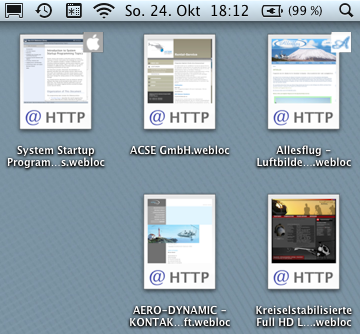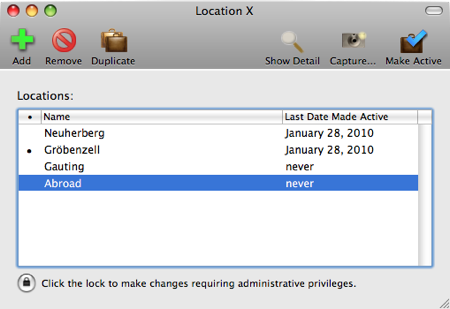At the Lindau Nobel site we can submit questions to Nobel prize winners. Most of them are trivial or even boring – basically how to make a career or what rank did you have in your university studentship. My proposal to ask there: “Is another information layer on top of the known DNA sequence?” You may want vote for my question, thanks!
One of the best questions so far is “Many people consider the peer-review system broken. If you share that opinion, do you have a solution?” by Clay Barnard.
Roy Glauber, Nobel Laureate in Physics 2005: The current system is pretty poor. So now it’s not a question of spending a lot of money, as it can be resolved very easily without. Good papers last and bad papers don’t. Individuals should rate the papers, although this may not need to be done in an official way.
Sir John Walker, Nobel Laureate in Chemistry, 1997: The peer review system does have problems, but it is the best we have got and I am very much opposed to replacing it with a numerical assessment system. It is a lousy way of assessing people and the pressure to change this system comes from science bureaucrats. This is because it is scientsists making decisions about scientists’ work and the bureaucrats don’t like that; they want to have control.
Jean-Marie Lehn, Nobel Laureate in Chemistry, 1987: That’s an interesting question! I have been interested in it for a very long time. I think we need to have a control otherwise things get in the literature that should not be there …
CC-BY-NC Science Surf
accessed 15.12.2025


